I am attempting to make publication ready figures where the bottom axis (with tick marks) of one figure is cleanly combined with the top axis of the figure below it. Here is an example of what it might look like, although this one doesn't have tick marks on each panel:
Here is my attempt to do so, by simply using grid.arrange:
#Libraries:
library(ggplot2)
library(dplyr)
library(gridExtra)
#Filter to create two separate data sets:
dna1 <- DNase %>% filter(Run == 1)
dna2 <- DNase %>% filter(Run == 2)
#Figure 1:
dna1_plot <- ggplot(dna1, aes(x = conc, y = density)) + geom_point() + theme_classic() +
theme(axis.title.x = element_blank())
#Figure 2:
dna2_plot <- ggplot(dna2, aes(x = conc, y = density)) + geom_point() + theme_classic()
#Using grid.arrange to combine:
dna <- grid.arrange(dna1_plot, dna2_plot, nrow = 2)
And an attempt with some adjustments to the plot margins, although this didn't seem to work:
dna1_plot_round2 <- ggplot(dna1, aes(x = conc, y = density)) + geom_point() + theme_classic() +
theme(axis.title.x = element_blank(),
plot.margin = (0,0,0,0), "cm")
dna2_plot_round2 <- ggplot(dna2, aes(x = conc, y = density)) + geom_point() + theme_classic() +
theme(plot.margin = unit(c(-0.5,-1,0,0), "cm"))
dna_round2 <- grid.arrange(dna1_plot_round2, dna2_plot_round2, nrow = 2)
Does anyone know the best way to stack figures like this in ggplot? Is there a better way than using grid.arrange? If possible it would be great to see how to do it with/without tick marks on each x axis as well.
Thank you!






